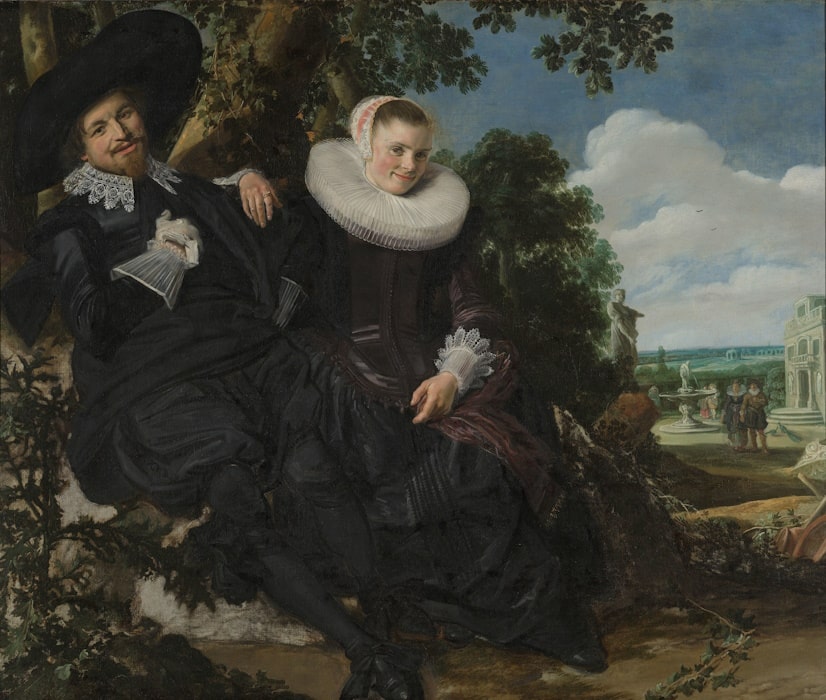2024 Berlin celebrates one of the greatest portrait painters of all time: Alongside Rembrandt and Vermeer, Frans Hals is one of the most outstanding Dutch painters of the 17th century. In addition to unconventional, expressive portraits, he was the first artist in Holland to paint social outsiders as individuals in portrait format. Like no other artist of the early modern period, the rediscovery of the Haarlem painter in the 19th century shaped the development of modern painting. In cooperation with the National Gallery, London, and the Rijksmuseum, Amsterdam, the Gemäldegalerie is organising a comprehensive monographic exhibition of around 70 works.
Fig. above: Frans Hals, Porträt eines Paares, vermutlich Isaac Abrahamsz Massa und Beatrix van der Laen, um 1622, Amsterdam, Rijksmuseum, © Rijksmuseum, Amsterdam
Frans Hals (1582/83-1666) is today considered one of the most important portraitists ever. In addition to large-format rifleman and regent pieces, he created numerous individual portraits of the Dutch bourgeoisie in Haarlem, where he spent almost his entire life. In addition, he painted genre figures such as singers, fairground women or fishermen’s children as close-up half-length figures. Hals’ works are characterised by unusually great liveliness and apt characterisation. His sketch-like paintings, executed with loose, bold brushstrokes, influenced the painting of the late 19th century. The Impressionists saw Hals as one of their forerunners.
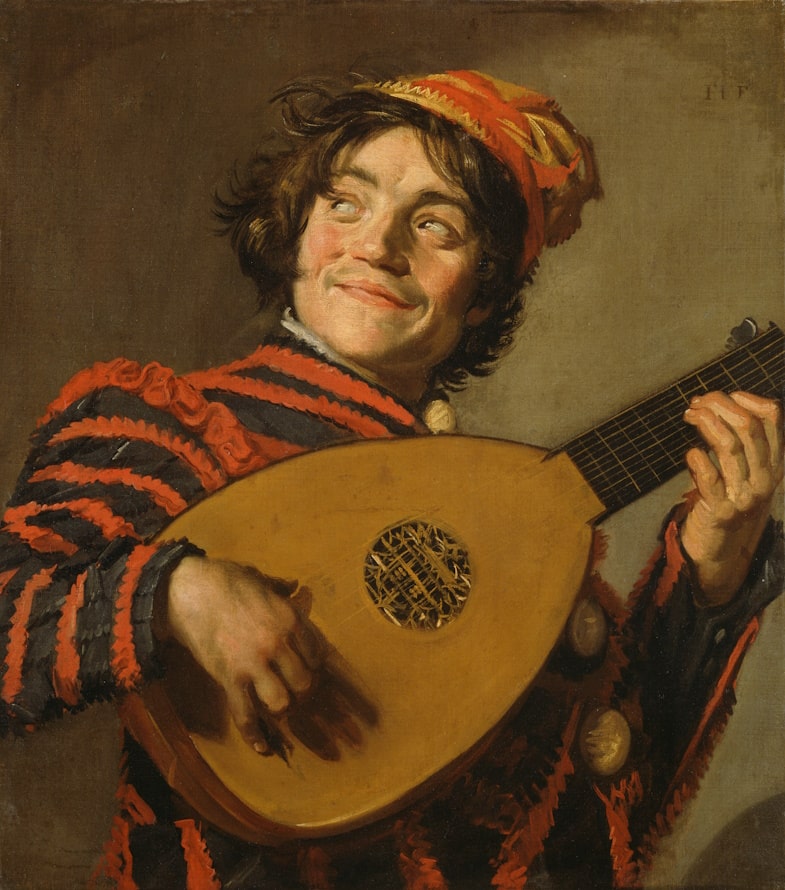
With ten works, the Berlin Gemäldegalerie preserves one of the most extensive and top-class collections of paintings by Frans Hals worldwide, including highlights such as the “Malle Babbe”, the “Portrait of Catharina Hooft with her Nurse” or the “Singing Boy with Flute”.
In addition to a high-quality selection of paintings by Hals, the Berlin special exhibition also shows works by those around him, thus situating him as an exceptional figure in the context of his time. Among the 70 works are around 50 of the most important paintings by Frans Hals from over 20 public and private collections in Europe, the USA and Canada – including highlights such as “Isaac Abrahamsz. Massa and Beatrix van der Laen” from the Rijksmuseum, the “Young Man with Skull” from the National Gallery in London or “The Lute Player” from the Musée du Louvre in Paris. Also presented are works that have never been seen in Germany before, such as the monumental “De magere compagnie” shooter piece, over four metres wide.
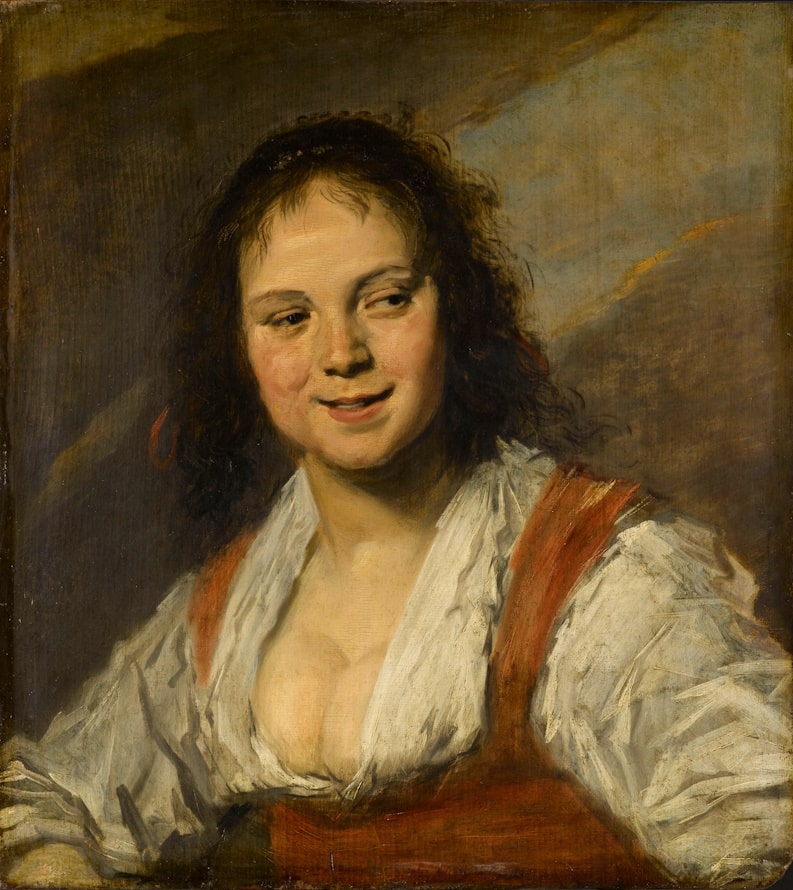
Der beispiellos freie Malstil, den Hals für seine Porträts einsetzt, macht ihn zum modernsten Künstler seiner Zeit. Statt konventioneller Posen gibt er den flüchtigen Moment einer Bewegung oder eines Ausdrucks wieder. Seine meisterhaft-illusionistische Malweise lässt die Dargestellten lebendig, offen und nahbar wirken. Hals widmet sich ihren individuellen Eigenheiten unvoreingenommen, mit Neugier, Witz und Anteilnahme. Das Lachen oder Lächeln ist dabei ein Schlüsselelement: Auf unübertroffene Art versteht er es, lachende Figuren wirklichkeitsgetreu wiederzugeben.
Frans Hals malt soziale Außenseiter*innen ebenso hingebungsvoll wie die bürgerliche Oberschicht der niederländischen Republik. Daneben produziert er außergewöhnlich innovative Genrebilder und Charakterstudien in Lebensgröße: Mit ihnen verhilft er Randgruppen der Gesellschaft, die in der zeitgenössischen Porträtmalerei keinen Platz finden, zu bis dahin ungekannter Sichtbarkeit.
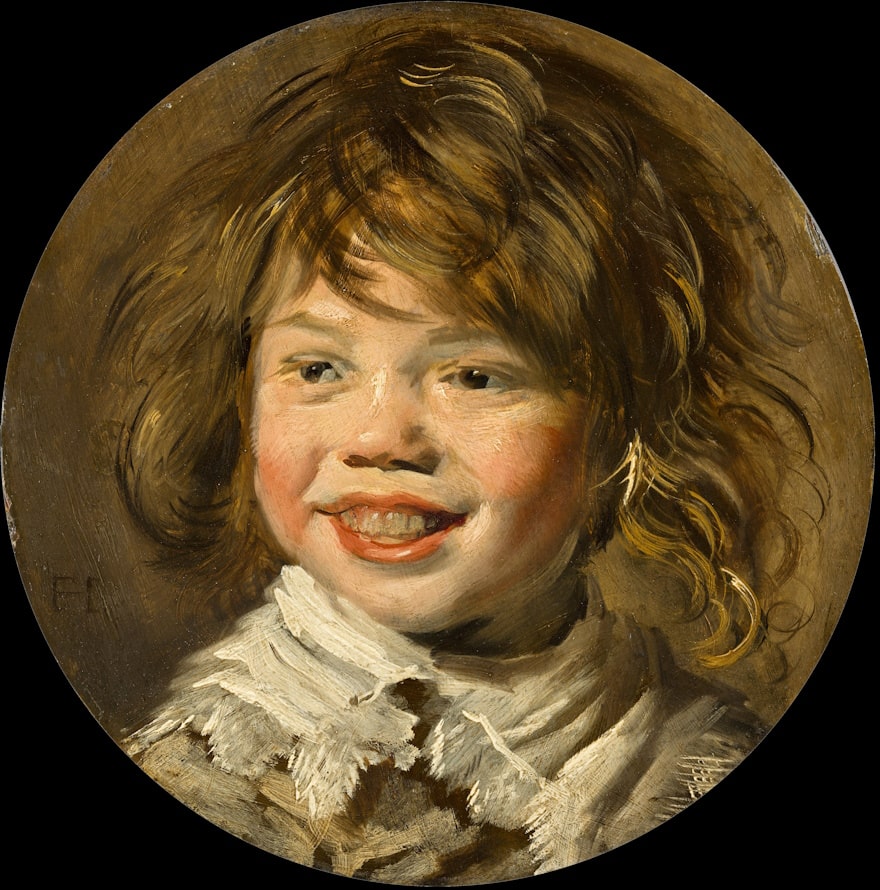
Not only in this respect, but also because of his loose, virtuoso application of paint and the spontaneity and immediacy of his depictions, Hals can be considered a pioneer of modernism. At the end of the 19th century, his paintings became important models and sources of inspiration for realists and impressionists such as Max Liebermann, Wilhelm Leibl and Lovis Corinth. The Berlin exhibition will show works by the aforementioned artists in the context of their great role model. This will not only bring Hals’ extraordinary artistic work into focus, but also the far-reaching impact of his works on the development of European painting.
The collaborative exhibition will be on view at the National Gallery, London, from 30 September 2023 to 21 January 2024; at the Rijksmuseum, Amsterdam, from 16 February to 9 June 2024; and at the Gemäldegalerie, Berlin, from 12 July to 3 November 2024.
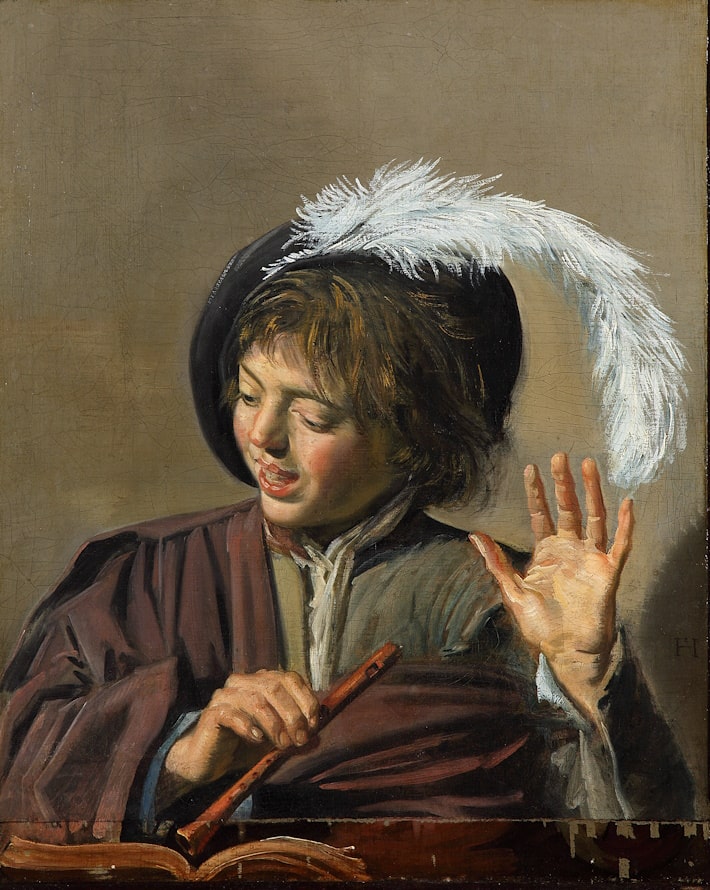
The Berlin exhibition is curated by Katja Kleinert, curator of 17th century Dutch and Flemish art, and Erik Eising, research assistant at the Gemäldegalerie. It is supported by the Fontana Foundation and the Kaiser Friedrich Museumsverein.
A richly illustrated catalogue accompanies the exhibition.
WHERE?
Gemäldegalerie
Matthäikirchplatz
10785 Berlin-Tiergarten
WHEN?
Opening: Thursday, 11 July 2024, 7 pm
Exhibition dates: Friday, 12 July – Sunday, 3 November 2024
Opening hours: Tue – Sun 10am – 6pm, Thu 10am – 8pm


